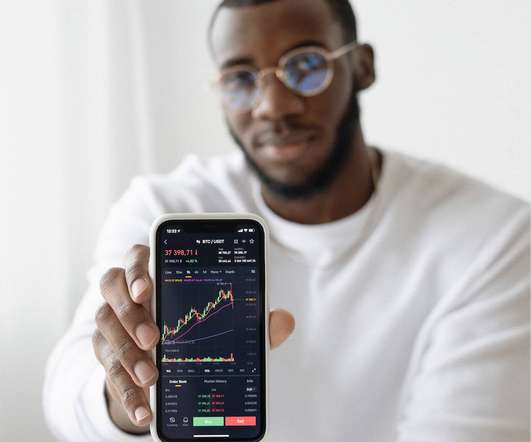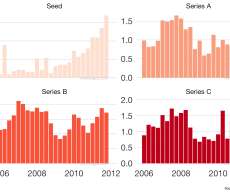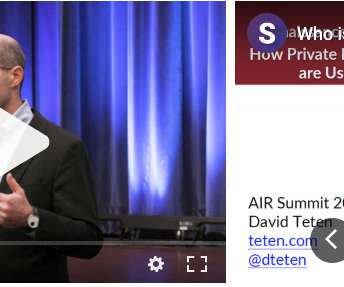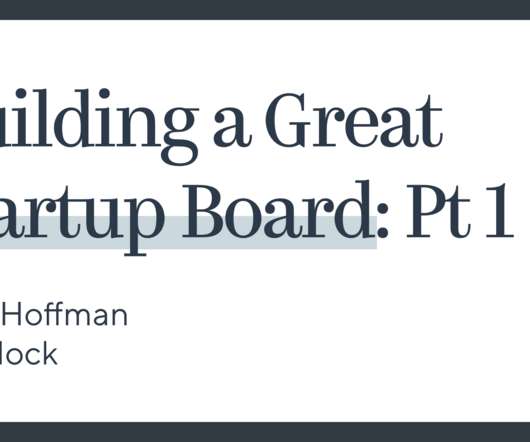Early-stage Regional Venture Funds–part 2 of 3 of Bigger in Bend
Steve Blank
JANUARY 22, 2014
Part 2: Early-stage Regional Venture Funds. Few entrepreneurs find this scalable and repeatable business model because it’s not easy. as a distribution channel have vastly reduced the amount of capital a startup needs at the early stage when the risk is greatest. What’s Missing Is Early Stage Capital.



































Let's personalize your content